Search
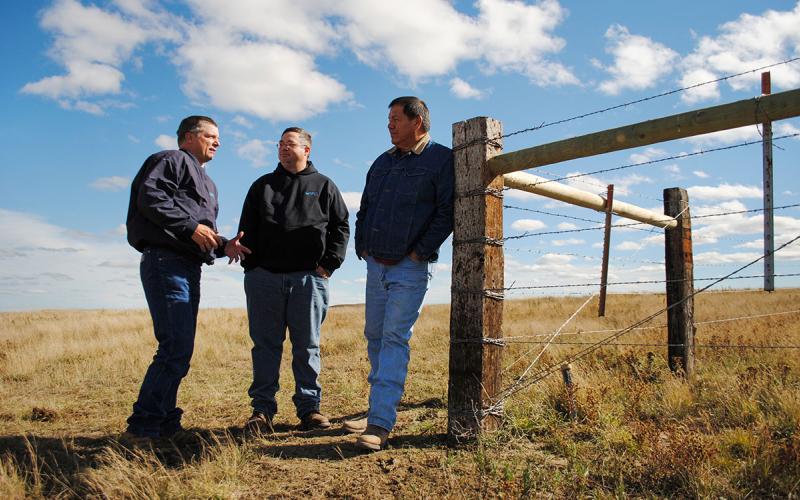
Five Range Management Principles: #2 Creating a Grazing Plan
Creating a grazing management plan can be overwhelming. Learn the basic steps for outlining a plan, along with several resources to help identify the right strategy for your operation.
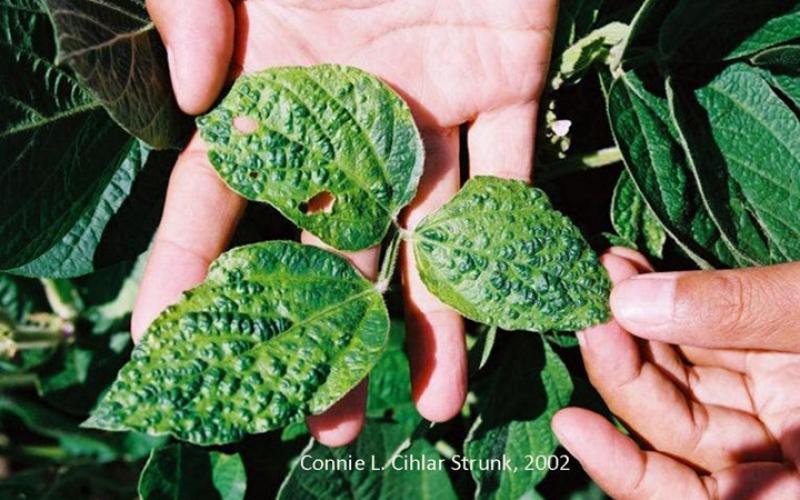
Soybean Pests: Bean Leaf Beetles and Bean Pod Mottle Virus
With the number of bean leaf beetle observations in soybean fields during 2016, the need for monitoring soybean for Bean pod mottle virus (BPMV) development increases. Bean pod mottle virus was first identified in South Dakota in 1998, and is recognized as a very economically important disease in soybean due to the potential for it to cause devastating losses to soybean yields.
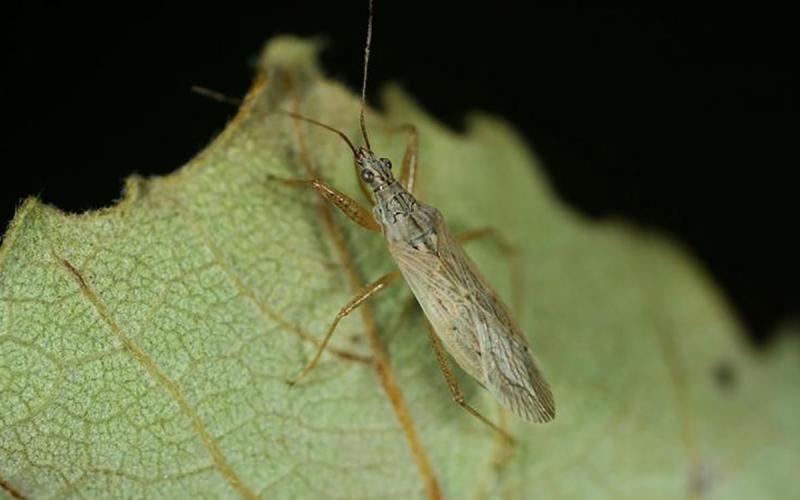
Damsel Bugs: Beneficial Predators in Managed and Agricultural Landscapes
It is important to remember that not all insects are pests. Damsel bugs are beneficial predators that feed on soft-bodied insects, including many agricultural and garden pests.

South Dakota Grasshopper Prediction for 2022
Data from the 2021 USDA Adult Grasshopper Survey of South Dakota suggests that grasshopper populations may continue to be problem in parts of central and western South Dakota during the spring of 2022.
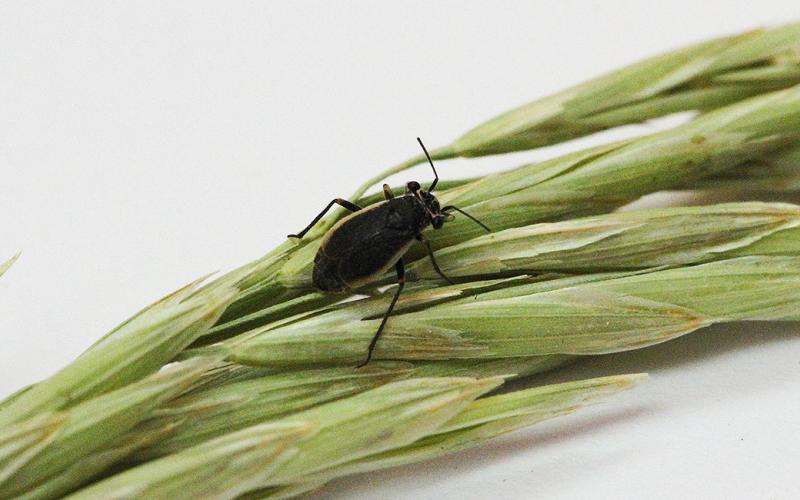
Black Grass Bugs May Cause Issues if Drought Persists
In western South Dakota, black grass bugs are a common spring forage pest that can cause considerable damage during periods of drought. Learn how to monitor and manage this pest to protect your forages this spring.
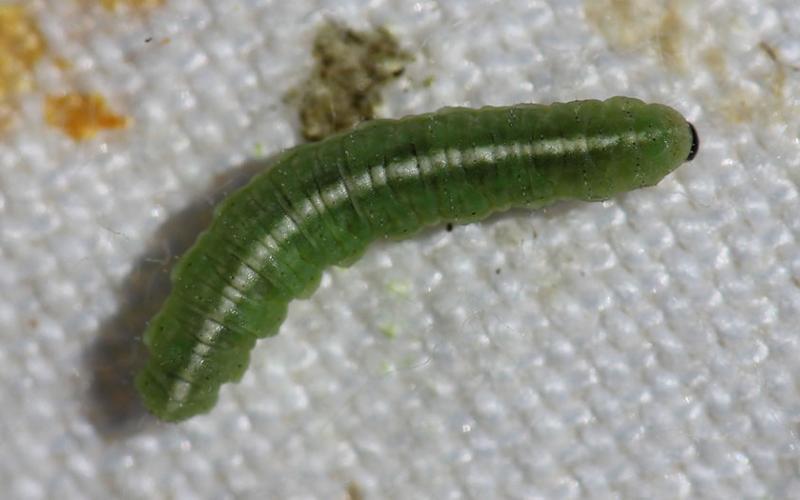
Alfalfa Weevil Activity Prediction Update: April 28, 2022
Although spring temperatures have fluctuated, we have been accumulating degree days, which means some of insect pests will emerge soon. With warmer temperatures in the upcoming forecast, the need to scout for alfalfa weevil activity will increase.
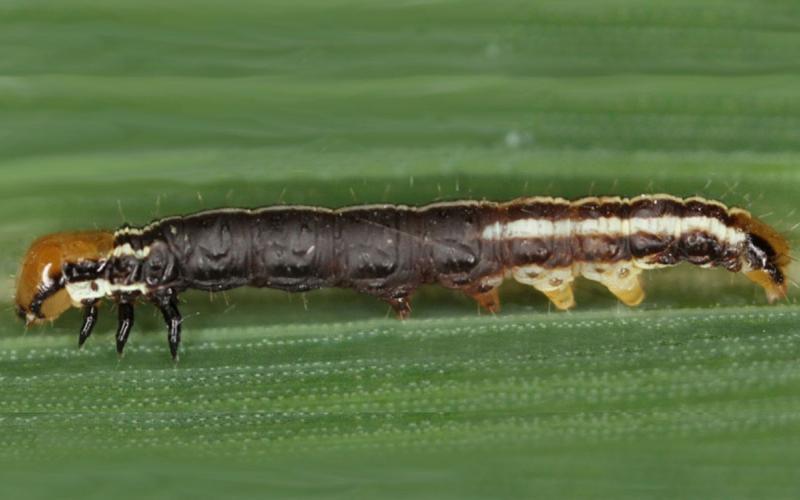
Common Stalk Borer Activity Estimate: April 28, 2022
With corn planting underway in some parts of South Dakota, it’s time to start evaluating degree days for common stalk borer caterpillars. As temperatures eventually warm up, this pest can become a problem, especially around the borders of fields.
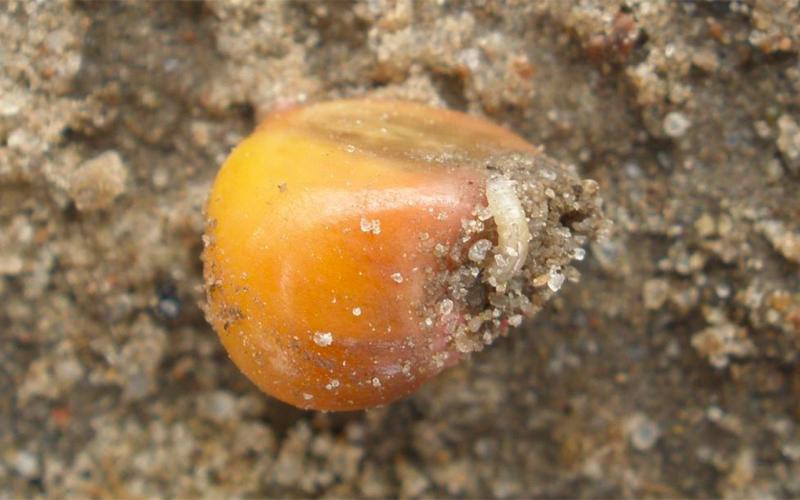
Seedcorn Maggot Degree Day Activity Estimates: April 29, 2022
Seedcorn maggots can be an early-season pest of corn and soybean in South Dakota. View our latest seedcorn maggot activity estimates based on degree day accumulation for various locations throughout South Dakota.
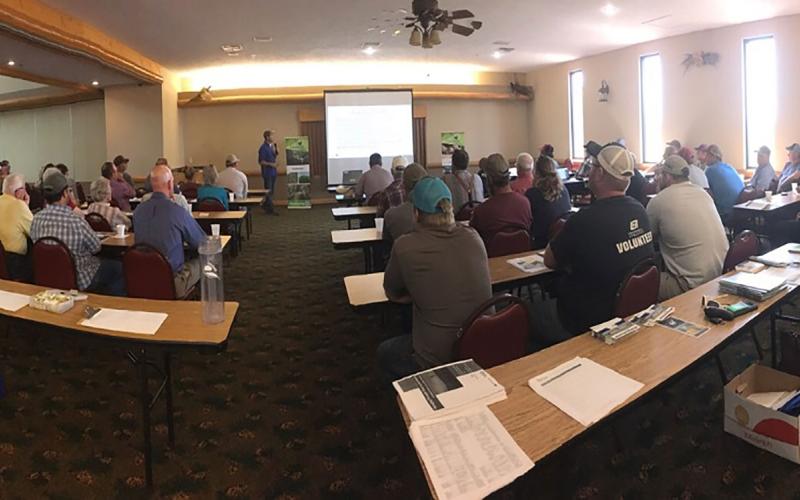
SDSU Extension to Host Drought Management Meetings
April 29, 2022
SDSU Extension will host drought management meetings across South Dakota May 10-12.
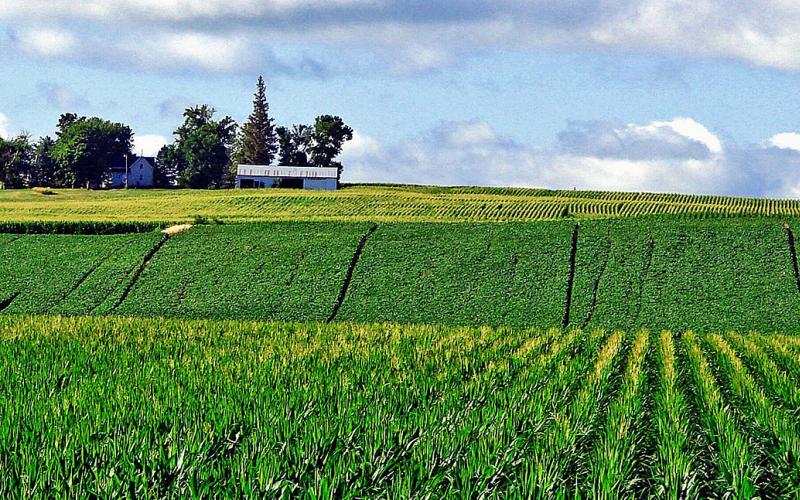
Crop Rotation in Farm Management
Crop rotation has long been considered an important farm practice. In 2013 producers had to stray from their well thought out crop rotations when the winter wheat crop in South Dakota failed.